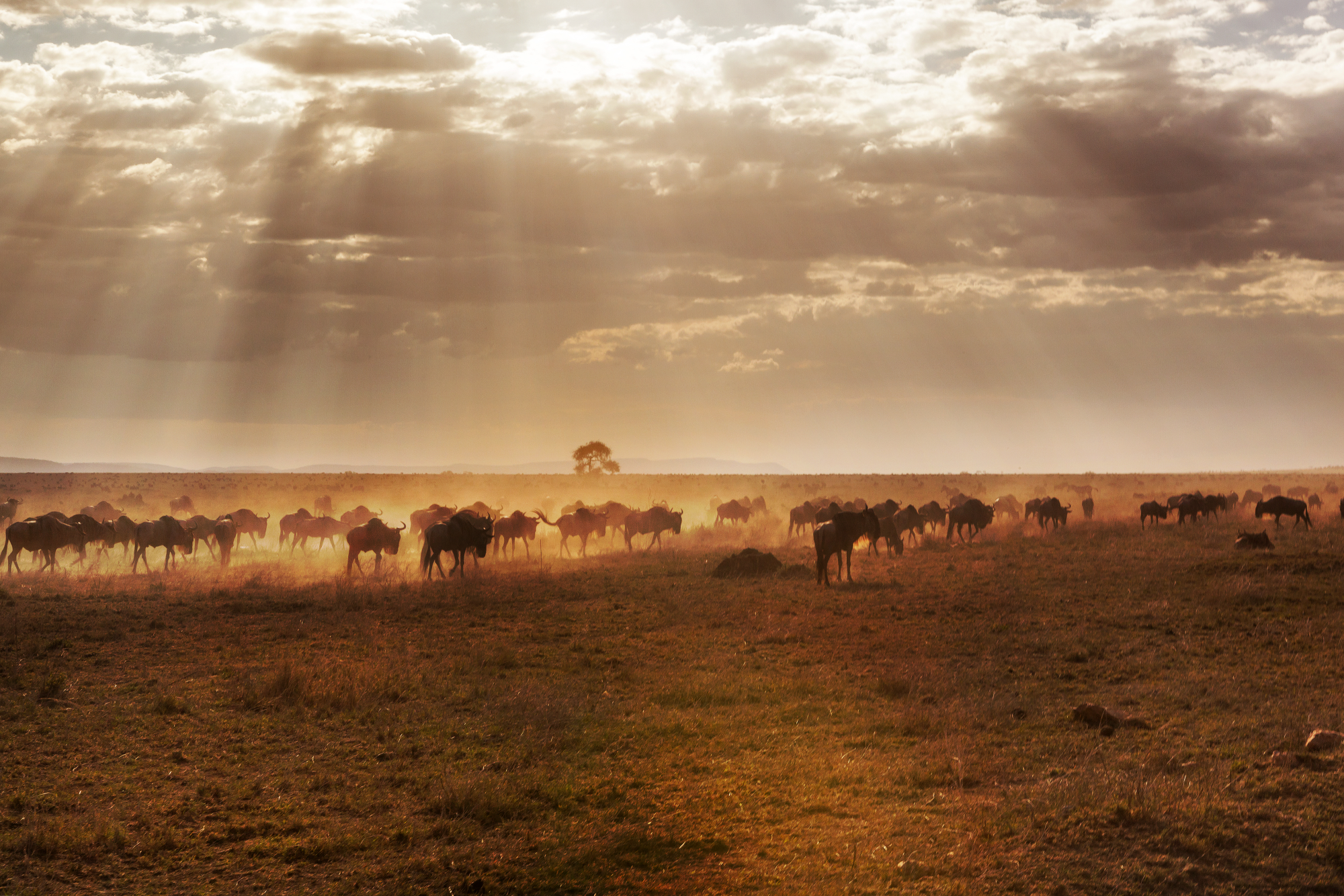The global uproar following the death of Cecil the Lion in 2015 intensified the debate over trophy hunting, particularly in Africa. Critics labeled the practice cruel and unsustainable, but for conservation-minded hunters, the story is more complex. In countries like Namibia and South Africa, regulated trophy hunting has proven to be a powerful conservation tool. Revenues from hunting licenses and safaris support anti-poaching efforts, fund habitat restoration, and provide vital income for rural communities, giving locals a direct stake in protecting wildlife.
Namibia’s approach to trophy hunting showcases how the practice, when well-regulated, can be a powerful force for conservation and community development. Beginning in the 1960s, Namibia granted landowners rights over wildlife, creating financial incentives to protect and grow animal populations. This strategy was later extended to communal lands through the Community-Based Natural Resource Management (CBNRM) program, empowering rural communities to manage and benefit directly from wildlife conservation.
The Truth and Proof is trophy hunting offers a viable alternative to poaching and habitat loss, particularly in areas where photographic tourism alone may not be sustainable. Namibia’s model proves that, with community involvement, scientific oversight, and ethical practices, trophy hunting can help protect wildlife for generations to come.

